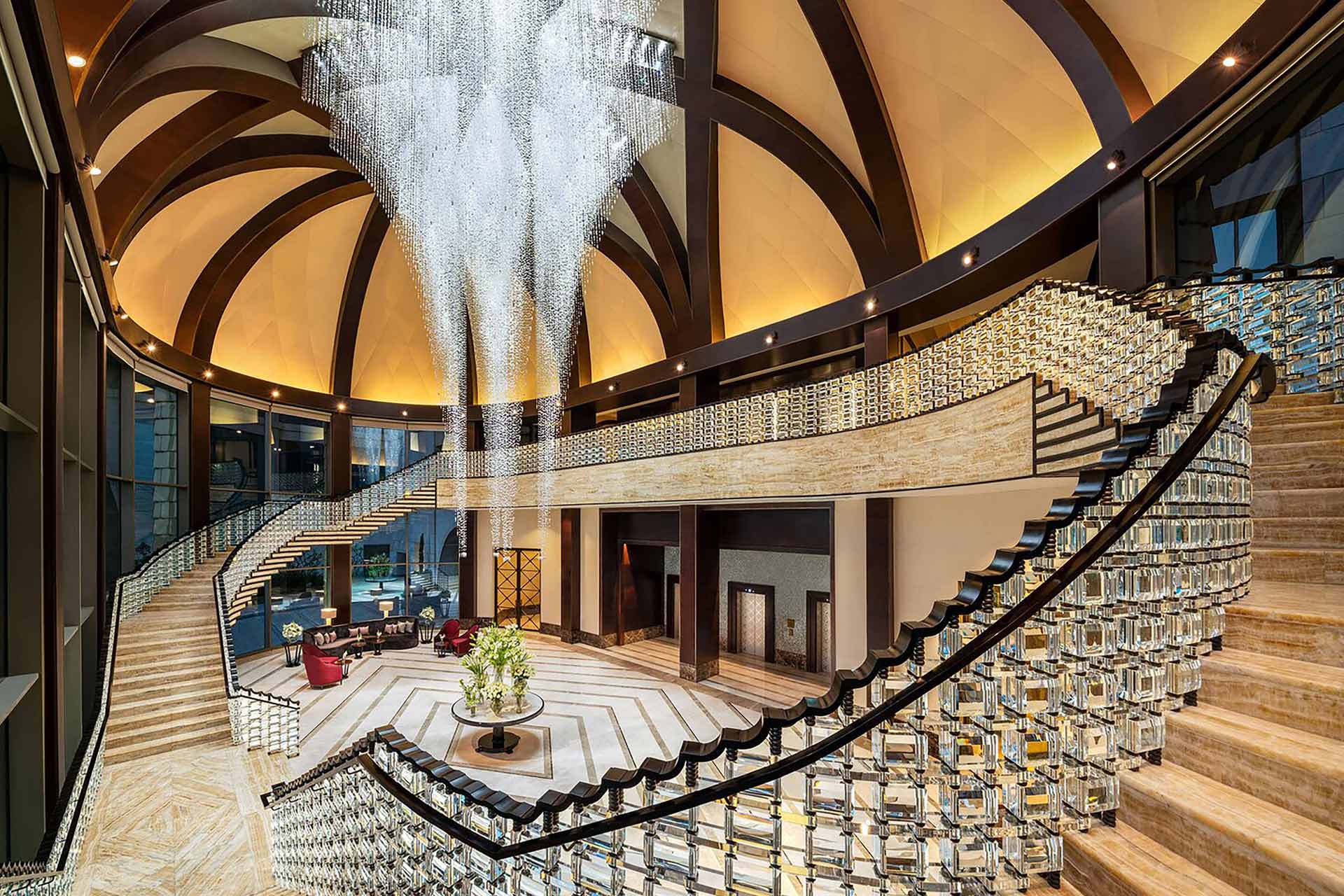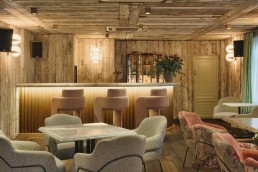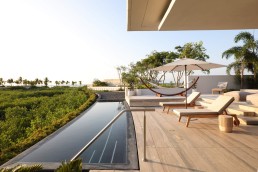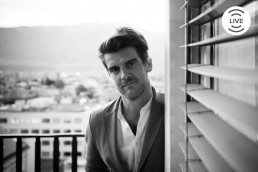Sleeper sits down with Julie Yurasek, International Director of Interior Design at Michael Graves Architecture, to discuss the firm’s design philosophy, evolving with the times and her favourite space to bring to life in a hotel.
Tell us about a recent hotel project you’ve worked on?
We’re in the initial stages of a very exciting luxury hotel in a rather rugged environment. Inspired by the surrounding nature, we are creating an experience-based property that establishes a simultaneous sense of adventure and opulence. We’re working with high-end collaborators to provide guests with excursions that immerse them in the local environment. This is a project that flips the script of hospitality, honing in on the essence of what really defines a luxury guest experience.
What does it mean to think of design “awakenings”, rather than “trends”?
Design trends in history are often recognized in retrospect, emphasizing unique features that characterize a specific era. For example, what was once considered a trend—such as sustainability and conservation—are now staple requirements in our practice. It comes down to how we approach projects, not just checking off boxes of operators’ needs, but establishing authentic connections to guests that leave them with memorable experiences.
At Michael Graves Architecture we always try to partner with visionary clients, which defines the DNA of how we create these awakenings. For our team, it is always about a holistic approach to our projects, from master planning to the granular selections of furnishings and finishes. We script the whole experience for a completely integrated design, blurring the lines between interior and exterior and celebrating each step into the property as it reveals itself. Awakenings are defined by caring about the emotional aspects of the guests throughout, hoping they find a home away from home that they yearn to return to.
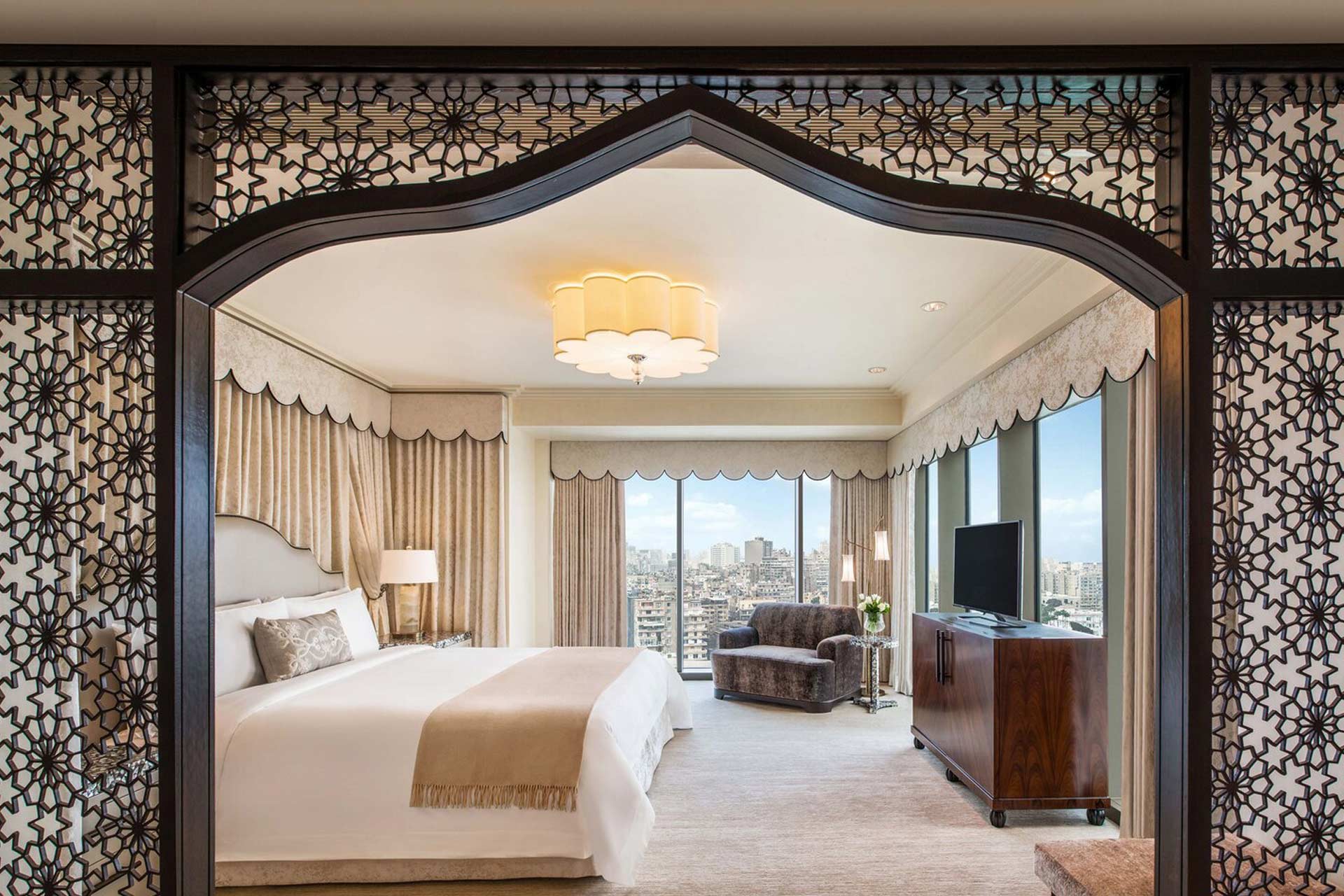
How do you create designs that have a long-lasting impact on guests?
For design to make a lifelong impact on guests, it must inspire a sense of wellness and celebrate healthy living. For example, our approach to spa projects focuses less on individual relaxation and more on cultivating an energizing, shared experience—an exciting and inclusive wellness journey meant for collective enjoyment. This can be achieved in several ways, including the integration of healthy, yet invigorating activities into projects, ranging from walking paths to off-roading adventures.
What does it look like to create a cultural touchpoint within a hotel?
For projects that are located in culturally rich areas, it’s incredibly exciting to find ways to incorporate such elements into our design. Working with local artists who have handed down their craft for generations is always inspiring; the design of these projects isn’t about recreating an iconic local monument or theming a space, but more about immersing guests in materials or forms that reminisce or re-envision traditional crafts in new ways. Storytelling through local artisans is a great way to integrate these cultural tales directly into a hospitality experience.
How can we integrate technology and new innovations into hotels whilst also creating timeless spaces?
Integrating technology into hospitality projects has become increasingly simple, as so much content is cloud-based and systems need less and less wiring. There is an ease and seamlessness to this, making it easy to adopt in our practices.
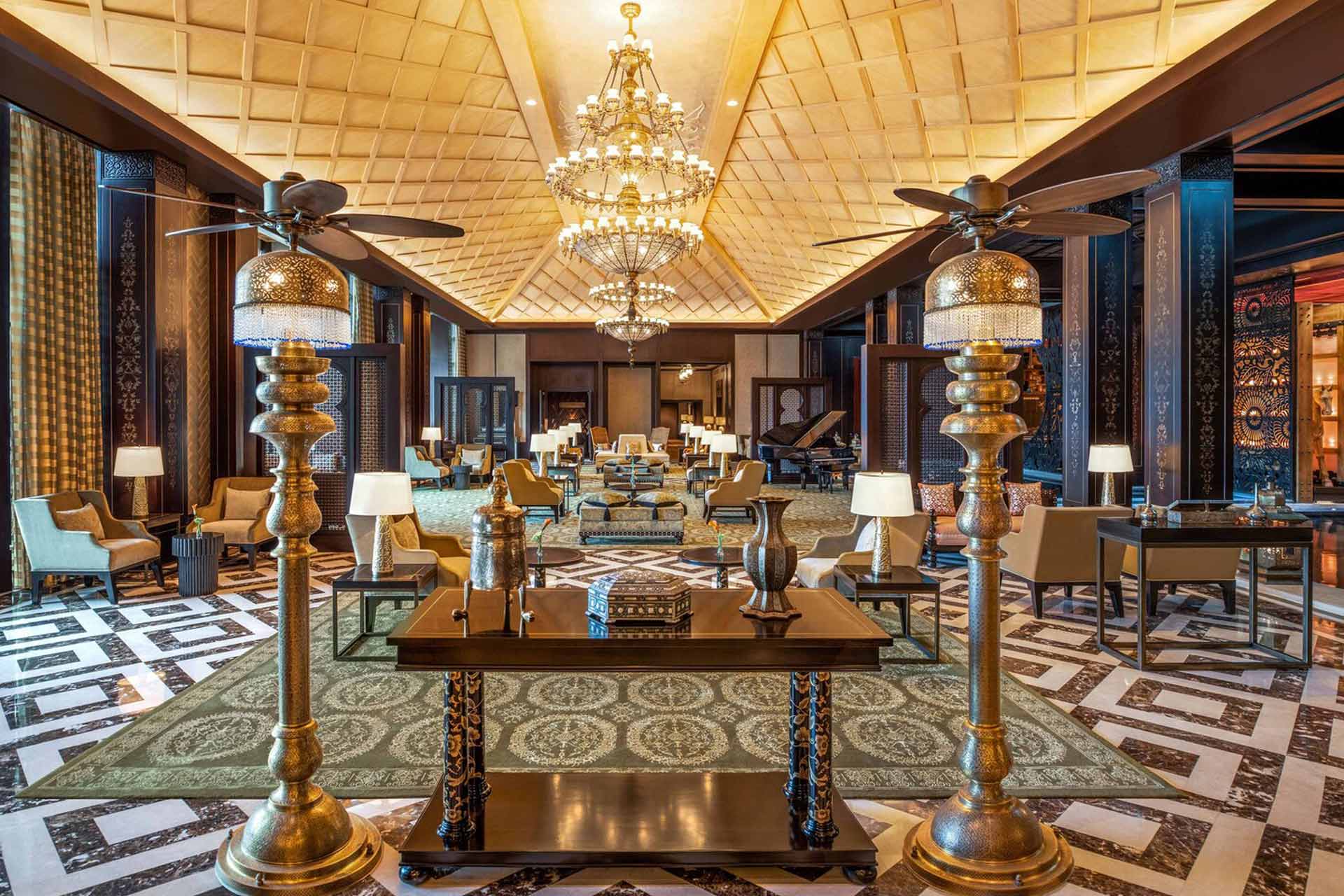
What are the most challenging aspects of designing luxury hospitality spaces?
The main challenge is to create something timeless without losing its impact. Most hospitality projects are designed years before they welcome the first guests, so this aspect is crucial (another reason why trends aren’t a sustainable practice for designers). Another challenge involves establishing your project as distinct within a crowded field of strong brand identities. Projects that succeed in this area are those that are thinking more about the long-term impressions they leave with guests rather than what’s the newest and flashiest thing to do.
And which element of the design process is the most exciting?
It’s a tie between the start of the project and the opening. I love the concept phase where new ideas are born and the story begins – this sets the tone for every decision that is made along the way. The other is the integration of the operator, bringing the experience to life after the structure is built. Even though there is collaboration throughout the process, seeing a project open is always cause for celebration.
What is your favorite space to bring to life in a hotel?
This is another tie between the arrival experience and the night-time after-hours spaces. Creating that signature arrival moment is very important as the first impression sets the tone for an entire experience. To me, this is an opportunity to engage the guests’ emotional response, to make them feel as though they have entered a new world and a sanctuary.
The lobby bar or evening venue is also my favourite. Night-time has a specific vibe centred around relaxing after a day of memory-making or successful business meetings. The ambiance is wide open and usually feels like a separate space from the overall hotel. This is a chance for designers to implement different design moves that evoke either a festive or relaxed ambiance—creating inviting spaces where guests can mingle, fostering a safe and inclusive sense of belonging.
What can you share about any upcoming projects?
We’re very excited to continue our work on an experience-based, luxury property. We’re challenging our team to think about how to create comfortable environments, such as guestrooms, while curating an overall story of experiencing something fun and adrenaline-pumping. The project leads back to nature in a way that’s never been done before.
